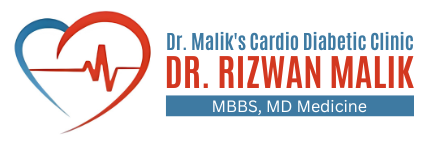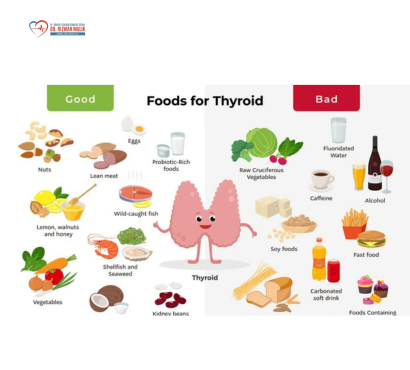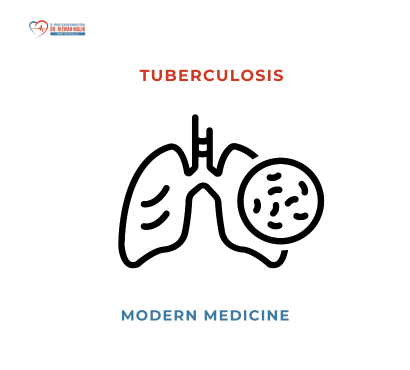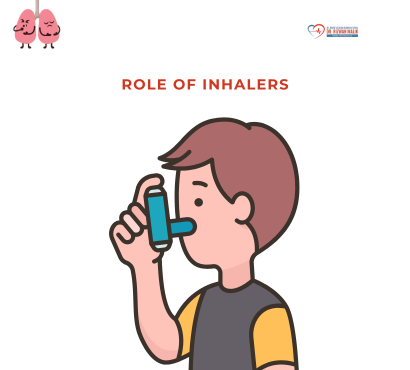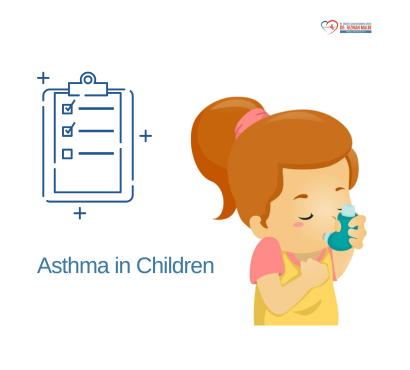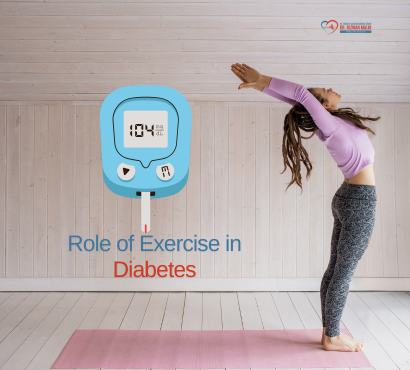Can Your Diet Impact Thyroid Function? Myths and Facts
1. Thyroid & Diet: The Real Connection Thyroid hormone production is regulated by several nutrients, including iodine, selenium, zinc, vitamin D, B12, magnesium, and iron A balanced intake supports thyroid enzyme activity, hormone conversion, and nutrient absorption, but diet alone cannot cure thyroid disease 2. Key Nutrients That Fuel Thyroid Health Iodine – Building block for T3/T4 hormones. Adults need ~150 µg/day; higher during pregnancy Selenium – Aids hormone synthesis and antioxidant defence. Sourced from nuts and eggs Zinc – Essential for hormone production and uptake. Found in meat, legumes, seeds Vitamin D – Supports immune modulation and thyroid autoimmunity Vitamin B12 & Iron – Crucial for cell metabolism; deficiencies worsen fatigue Magnesium – Helps convert T4 to active T3 A thyroid-friendly diet includes iodized salt, seafood, dairy, nuts, fruits, leafy veg, fish, and fortified foods. 3. Debunking Diet & Thyroid Myths “Cut cruciferous veggies” – false. Normal intake isn’t problematic; extremely high raw consumption may affect iodine only in deficiency “Diet alone can cure hypothyroidism” – false. Medication is essential; diet supports treatment “High iodine intake is always good” – false. Both deficiency and excess can cause dysfunction “Soy or gluten always harmful” – false. Soy may impact absorption at high intakes; gluten matters only in those with intolerance 4. Diet Recommendations: What to Eat (and Why) Whole foods – Fruits, vegetables, lean proteins, whole grains for antioxidants and fiber Iodine-rich – Iodized salt, dairy, eggs, fish Selenium & Zinc – Brazil nuts, eggs, meat, seeds Omega-3 & antioxidants – Fish, walnuts, berries Probiotics/prebiotics – Yogurt, kefir, fiber to support thyroid gut axis 5. Lifestyle Habits to Support Thyroid Consistent medication timing – On empty stomach, away from calcium/iron Stress management & sleep – Improves hormone balance Regular exercise – Boosts metabolism and mood Gut health – Supports nutrient absorption; consider probiotics 6. Simple Thyroid-Supportive Diet Plan Breakfast: Oats or millet porridge + nuts + Greek yogurt Snack: Fresh fruit + sunflower or pumpkin seeds Lunch: Roti/rice, dal/fish, mixed veg (including crucifers cooked) Evening: Herbal tea (ginger/turmeric) + roasted seeds Dinner: Vegetable soup or grilled paneer/chicken with salad. Before bed: Warm milk with turmeric A nutrient-rich, balanced diet supports thyroid health—but doesn’t replace medication. Focus on iodine, selenium, zinc, vitamin D, iron, B12, and fiber, while debunking myths around cruciferous veg, high iodine, soy, or gluten. Combine with good lifestyle habits and regular medical follow-up for optimal thyroid well-being. FAQs Q1. Can too much iodine cause thyroid issues? Yes—excessive iodine can trigger or worsen thyroid disorders, especially autoimmune ones; aim for 150–250 µg daily Q2. Will cruciferous vegetables harm my thyroid? Not in typical amounts. Benefits of fiber and micronutrients outweigh minimal anti-thyroid activity, especially when cooked . Q3. Are probiotics beneficial? Yes—healthy gut microbiota aids deiodinase enzymes and micronutrient absorption, supporting thyroid function
